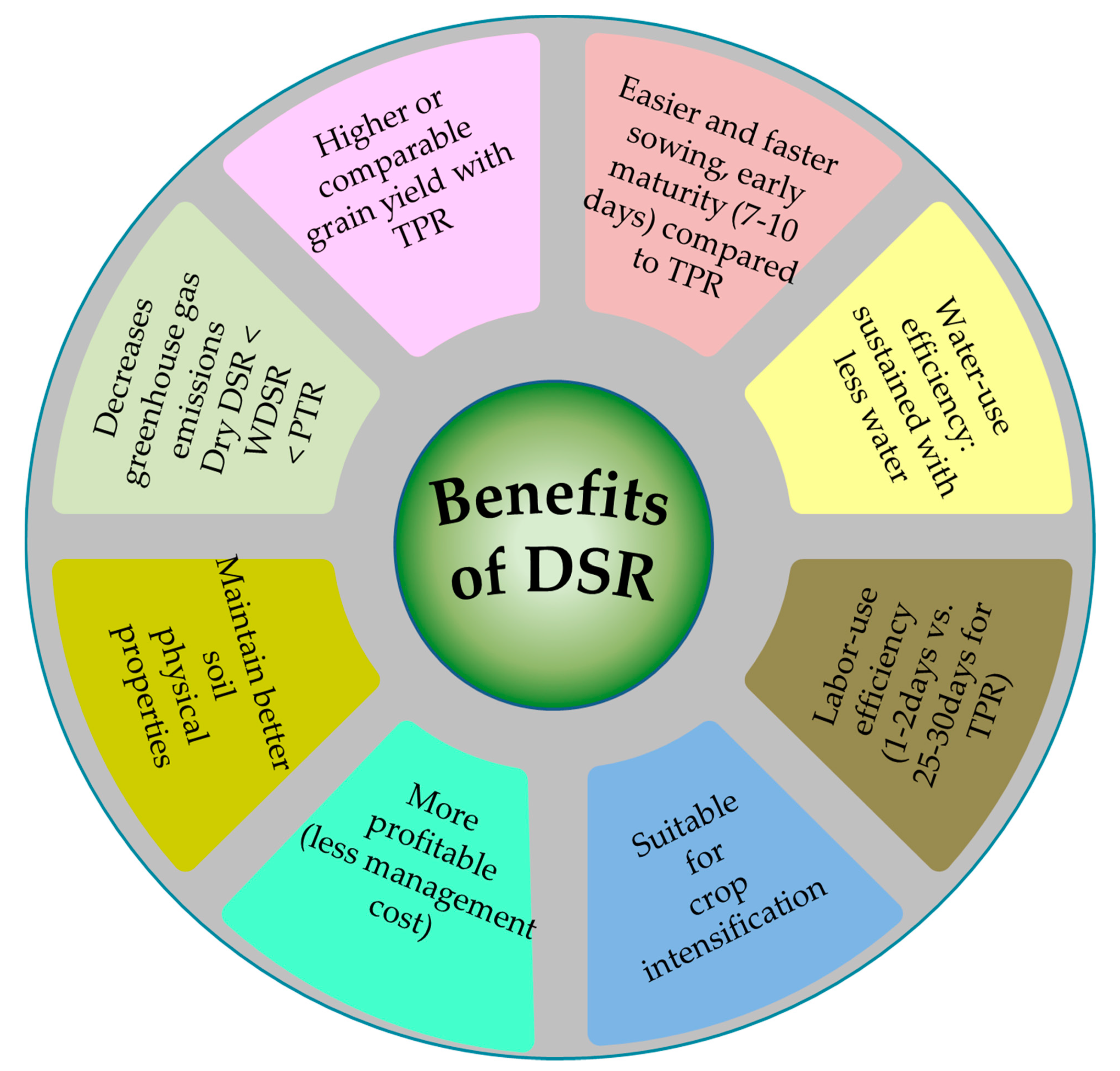7667766266
enquiry@shankarias.in
Recently, the Punjab government has been actively promoting the direct seeding of rice (DSR).
|
Transplanting Method of Rice |
|
